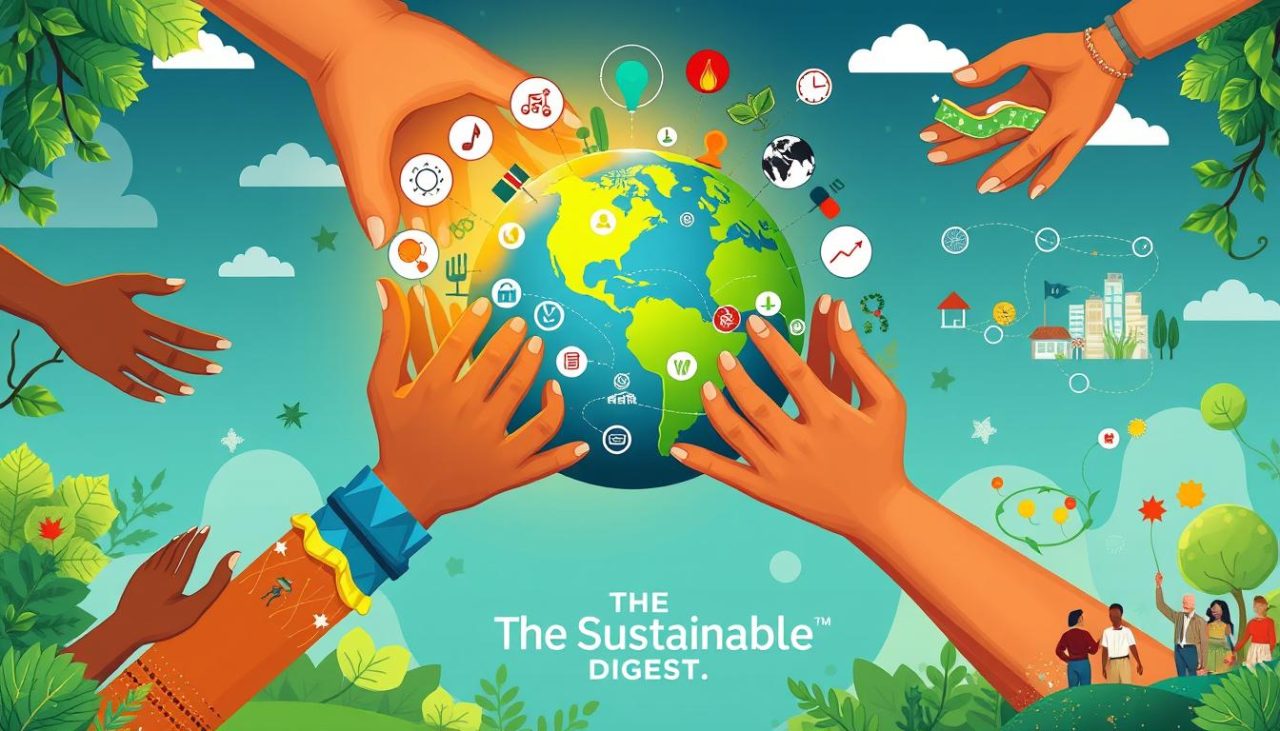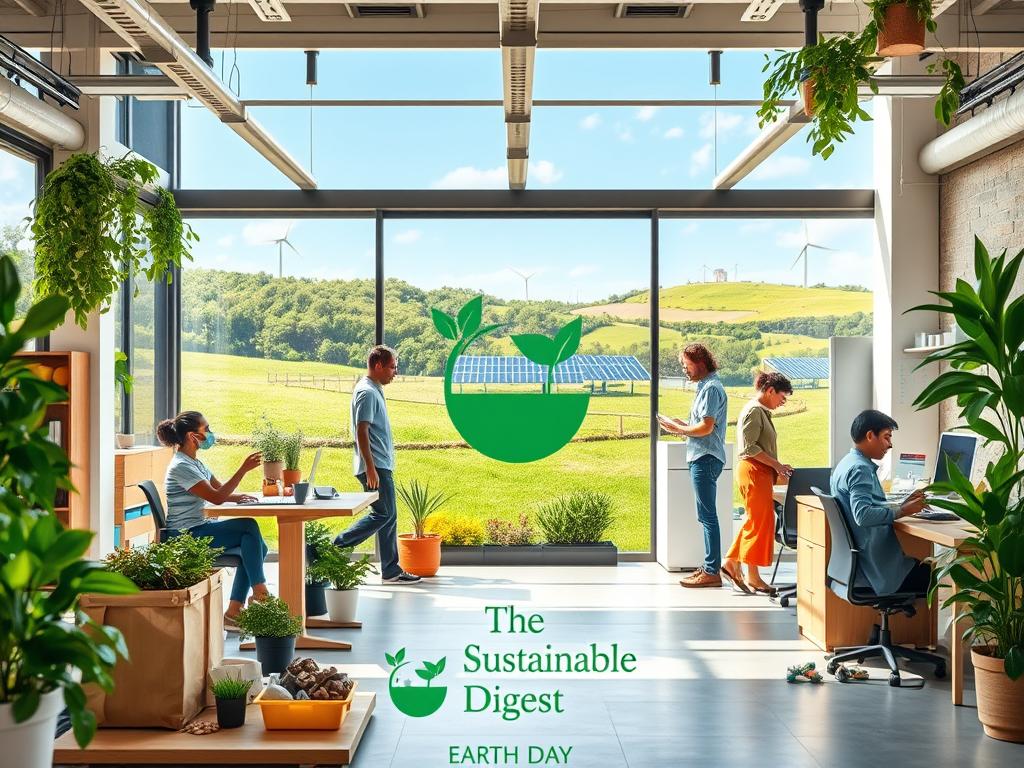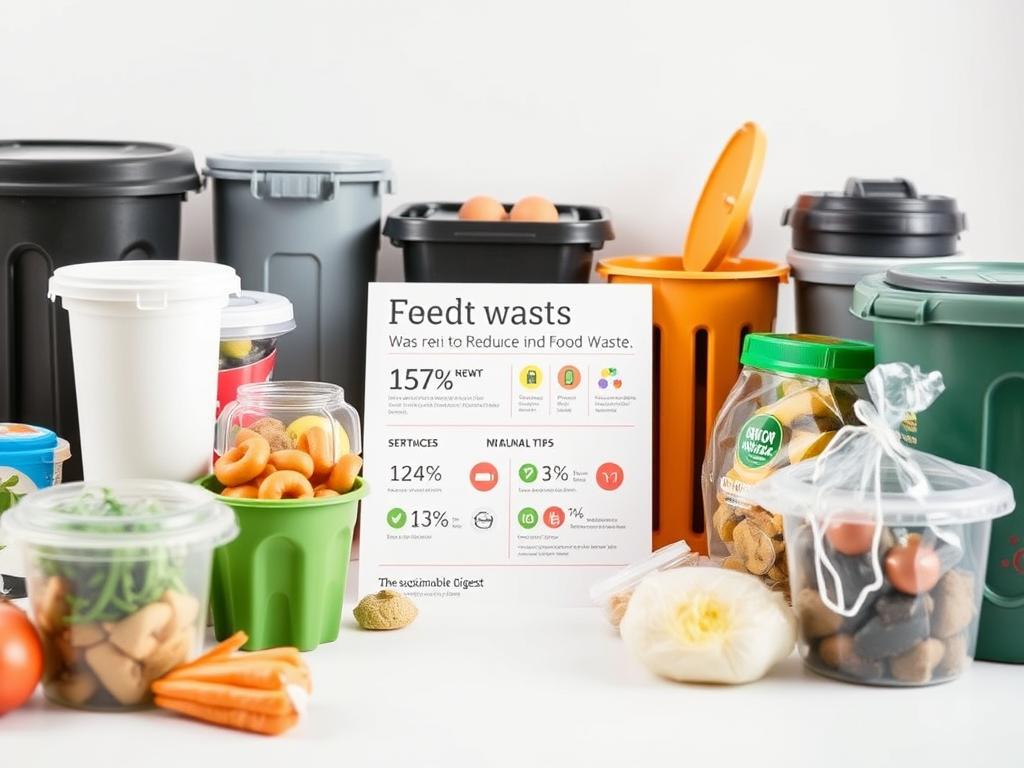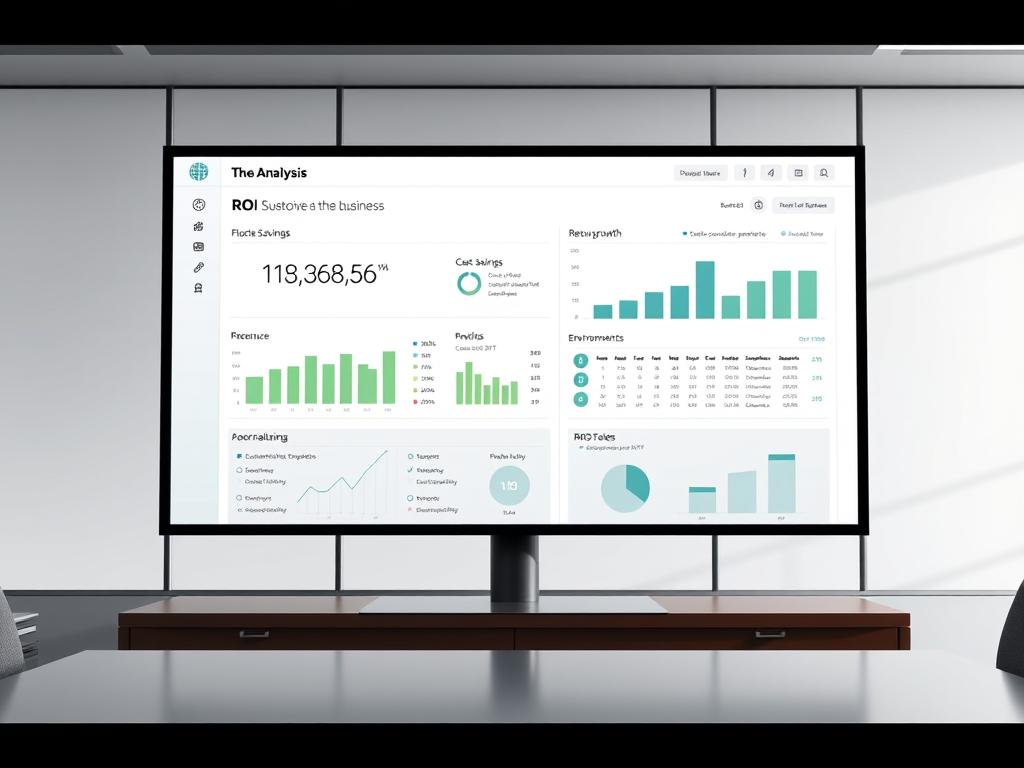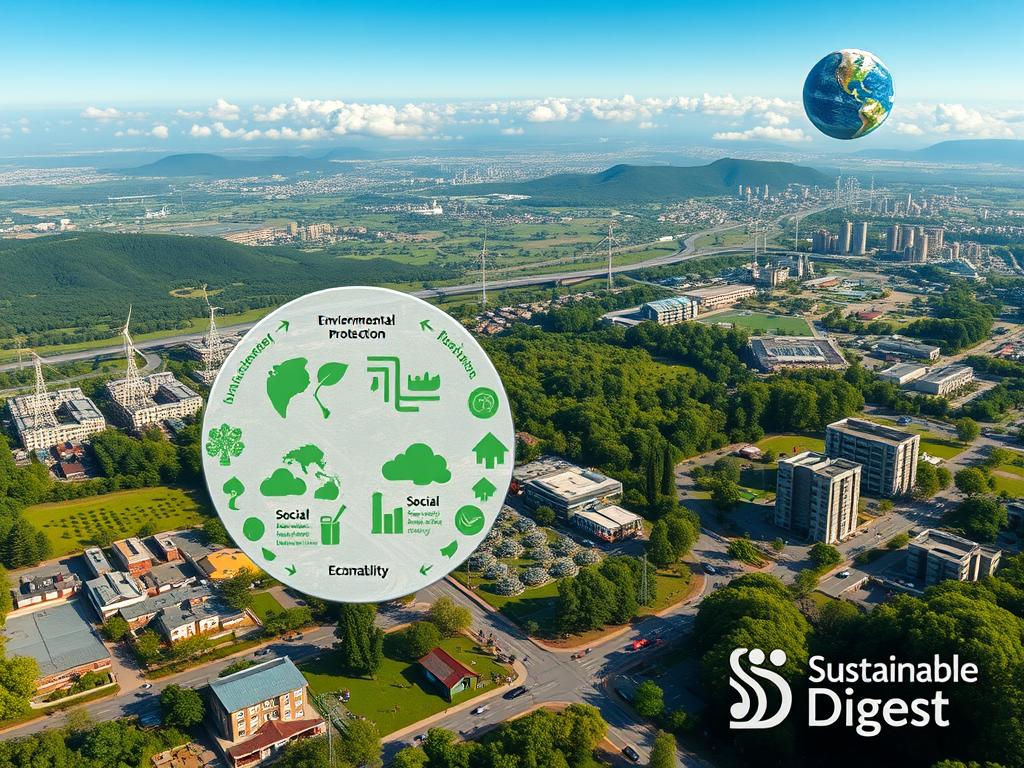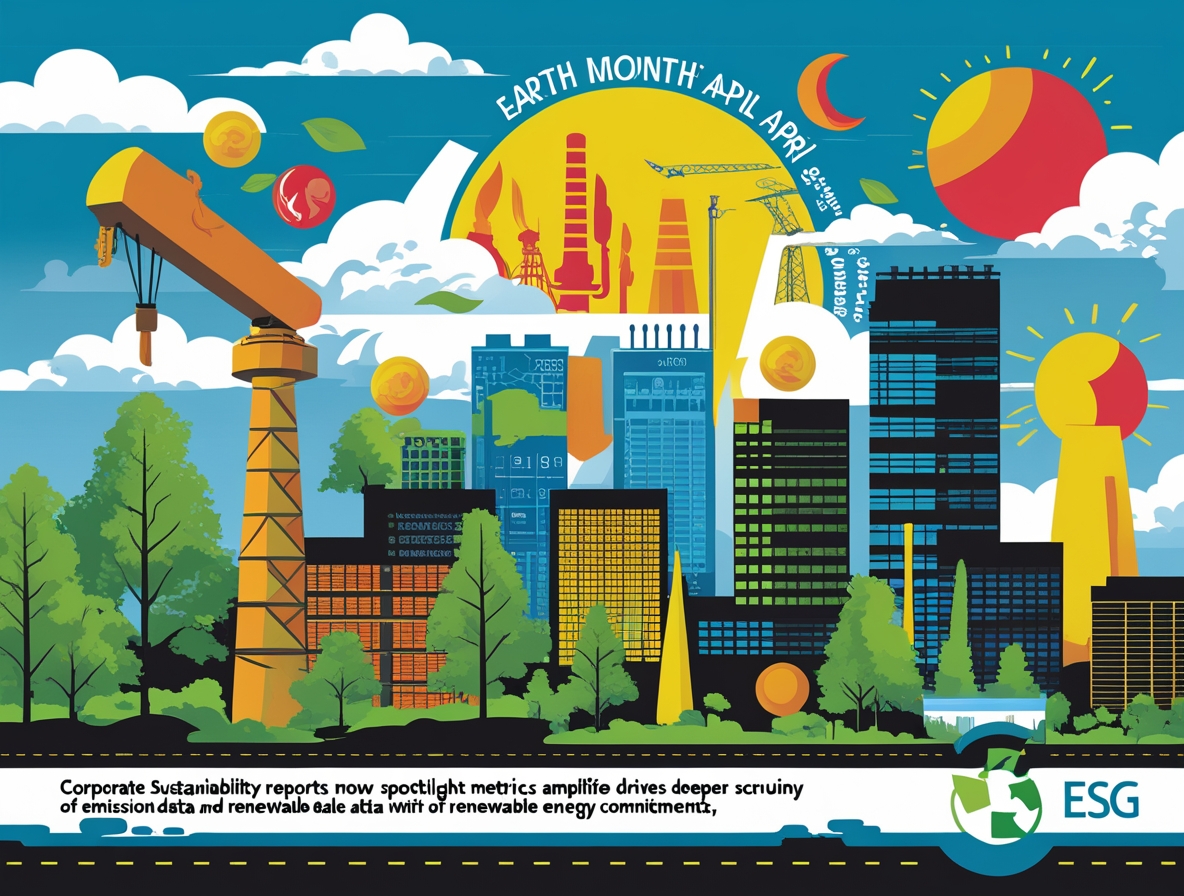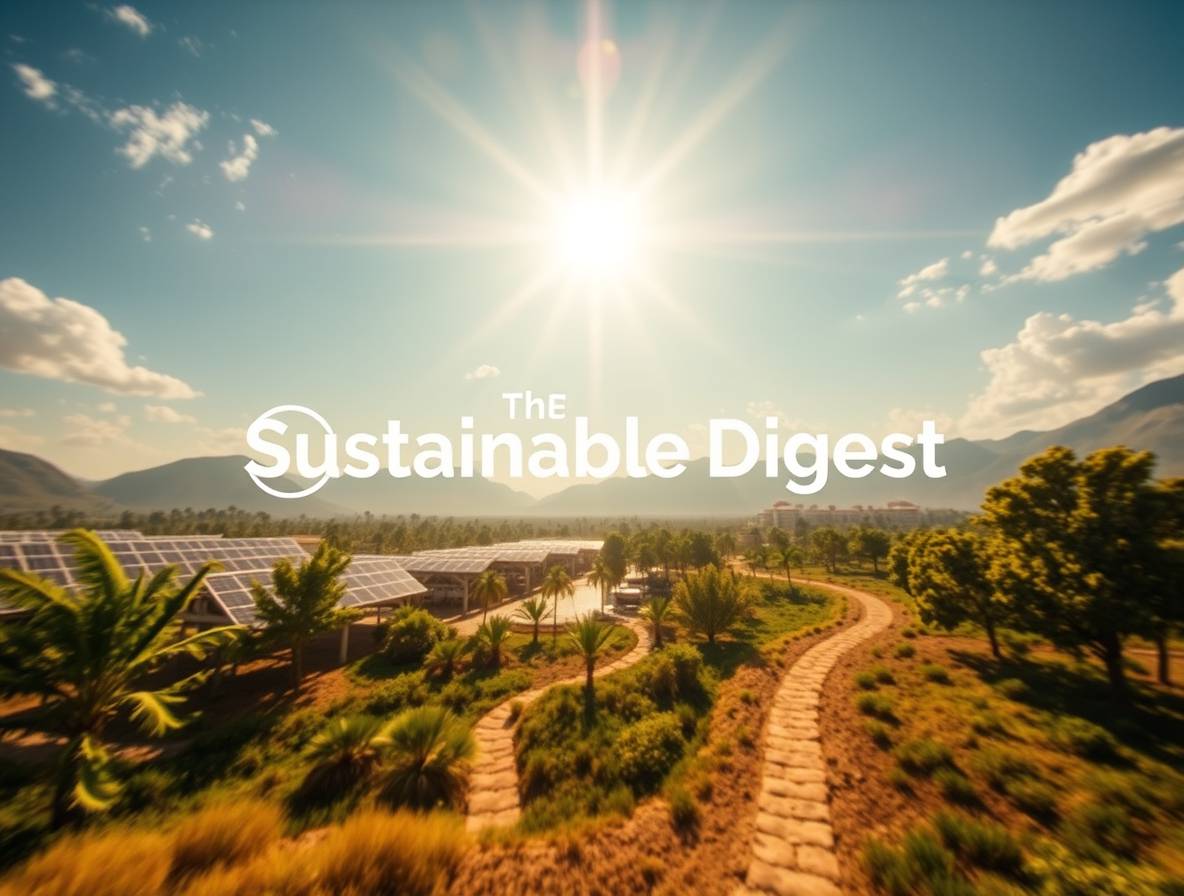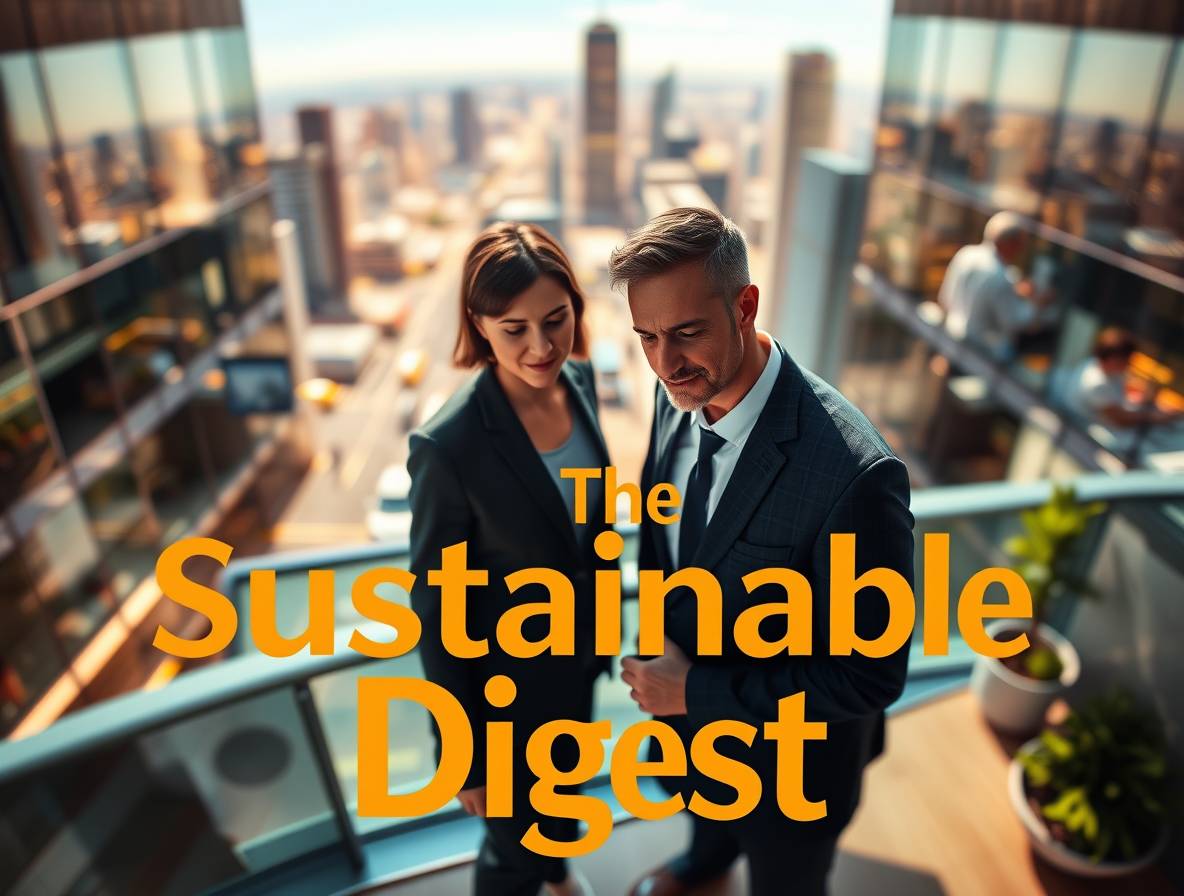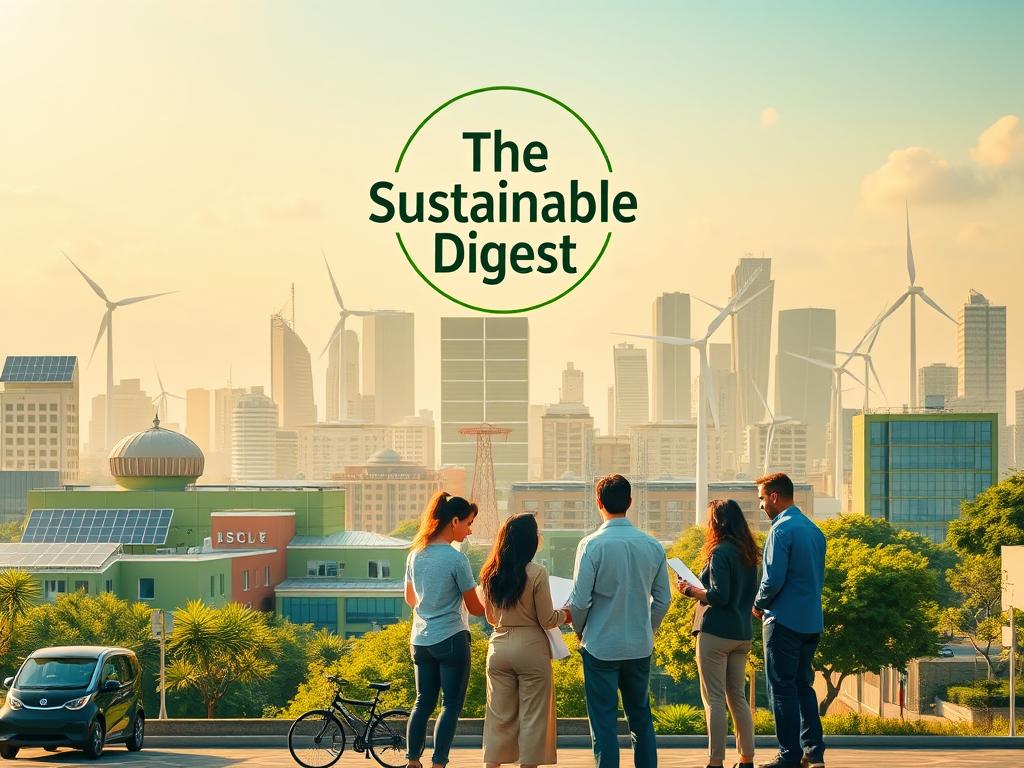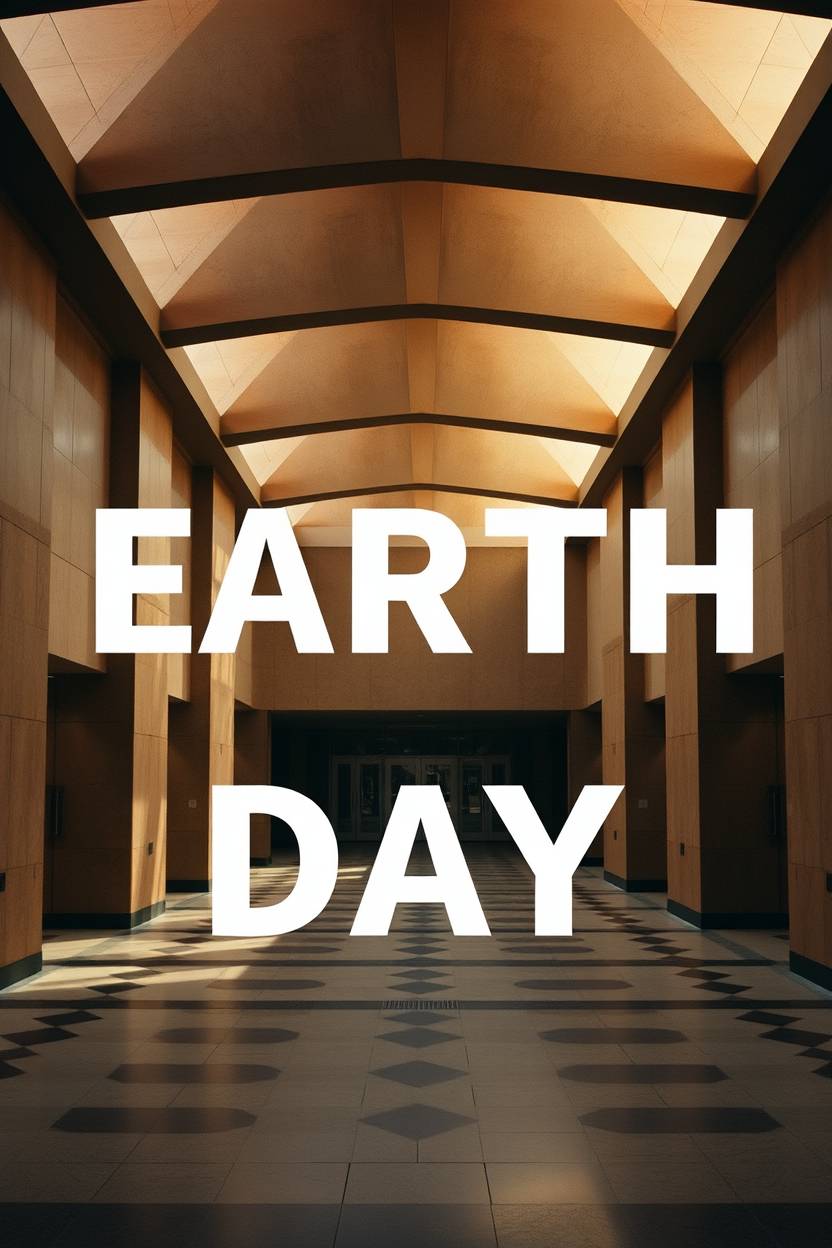
The year 2025 marked a pivotal moment for sustainability efforts worldwide. Over 1 billion people united to address the climate crisis, making it one of the largest annual celebrations in history. This movement brought together governments, corporations, and NGOs to drive meaningful change.
April 2025 saw unprecedented participation across 193 countries. Key themes included plastic reduction and accelerated climate mitigation strategies. Digital campaigns reached 500 million users, amplifying the message of sustainability through hashtags like #EarthMonth2025.
This celebration built upon 55 years of legacy since the first Earth Day in 1970. It showcased the power of collective advocacy and set the stage for a healthier planet. The events of 2025 remain a testament to what can be achieved when the world comes together for a common cause.

Introduction to Earth Month and Earth Day 2025
April 2025 became a turning point for environmental advocacy. This month-long celebration brought together billion people worldwide to focus on sustainability and climate change. It was a time to reflect, act, and inspire others to protect the planet.
What is Earth Month?
Earth Month is an April-long platform dedicated to environmental education and policy advocacy. It encourages communities to take action through various activities like clean-ups, tree planting, and educational workshops. In 2025, it also served as a reminder of the urgent need to reduce waste and promote eco-friendly products.
What is Earth Day?
Earth Day, celebrated on April 22, began in 1970 as a protest led by Sen. Gaylord Nelson. It mobilized 20 million Americans and has since grown into a UN-recognized event. In 2025, it marked its 55th anniversary, with participation in 193 countries. The day focuses on collective action to address climate change and protect human health.
Significance of April 2025 in Environmental Advocacy
April 2025 was unique due to post-COVID sustainability commitments and the UN SDG midterm review. Digital activism played a key role, with TikTok challenges reaching Gen Z audiences. Corporate participation also surged, with 78% of Fortune 500 companies releasing sustainability reports. Schools contributed by implementing climate curriculum modules in 45% of US districts.
“The power of collective action lies in its ability to inspire change on a global scale.”
| Aspect | Earth Month | Earth Day |
|---|---|---|
| Duration | Entire April | April 22 |
| Focus | Education & Advocacy | Global Action |
| Key Activities | Workshops, Clean-ups | Protests, Festivals |
| Participation | Communities, Schools | Global Citizens |
The History and Evolution of Earth Day

Earth Day emerged in 1970 as a response to growing environmental concerns. It was a time when air and water pollution were rampant, and the need for action was undeniable. Senator Gaylord Nelson envisioned a day that would unite people to advocate for the planet. This vision became a reality on April 22, 1970, marking the first Earth Day.
The Origins of Earth Day: 1970 and Beyond
The first Earth Day was a groundbreaking event. It brought together 20 million Americans, from students to policymakers, to demand environmental protection. This massive turnout led to significant legislative changes, including the creation of the Environmental Protection Agency (EPA) and the passage of the Clean Air and Water Acts. These milestones set the stage for future environmental advocacy.
Key Milestones in Earth Day Celebrations
Over the years, Earth Day has grown into a global movement. In 1990, it expanded internationally, engaging 200 million people across 141 countries. Another pivotal moment came in 2016, when the Paris Agreement was signed on Earth Day, reinforcing its role in global climate policy. By 2025, Earth Day had achieved 60% of the goals set by the 1970 Clean Air Act, showcasing its lasting impact.
The Role of Earth Day in Global Environmental Policy
Earth Day has consistently influenced environmental legislation and policy. Its annual themes, shaped by the Earth Day Network’s 100,000+ partner organizations, address pressing issues like plastic reduction and climate change. For example, the 2025 “Planet vs Plastics” campaign successfully reduced single-use plastics in 40 cities worldwide. This ongoing effort highlights the power of collective action in driving meaningful change.
“Earth Day reminds us that small actions, when multiplied, can transform the world.”
Today, Earth Day continues to inspire millions to take action for a healthier planet. Its legacy serves as a testament to the enduring power of advocacy and the importance of protecting our shared home.
Global Celebrations of Earth Day 2025
From Tokyo to New York, Earth Day 2025 was a celebration of unity and action. Millions of people participated in activities that highlighted the importance of protecting the planet. This year’s events were marked by innovation, collaboration, and a shared commitment to sustainability.
Earth Day Festivals Around the World
Festivals played a central role in the 2025 celebrations. Kassel’s 30-year running street festival showcased cutting-edge climate tech demonstrations. Tokyo’s Zero-Waste Festival achieved a 92% diversion rate from landfills through strict recycling protocols. These events not only educated attendees but also inspired actionable change.
Community-Led Initiatives and Activities
Local communities drove impactful projects. A record 1.2 million volunteers joined global cleanups, removing 8,000 metric tons of waste. Over 500,000 people participated in a worldwide air quality monitoring project, contributing valuable data to climate research. These grassroots efforts demonstrated the power of collective action.
Corporate and Government Participation
Businesses and governments also stepped up. Apple launched carbon-neutral products during Earth Week, while Amazon pledged to eliminate 15 million tons of packaging waste. Governments from 35 nations announced new protected areas, furthering conservation efforts. These collaborations highlighted the importance of partnerships in achieving sustainability goals.
| Category | Examples |
|---|---|
| Festivals | Kassel’s tech demo, Tokyo’s Zero-Waste Festival |
| Community Projects | Global cleanups, air quality monitoring |
| Corporate Actions | Apple’s carbon-neutral launches, Amazon’s waste reduction |
| Government Initiatives | New protected areas in 35 nations |

Earth Day 2025 proved that when the world comes together, meaningful change is possible. From festivals to cleanups, every activity contributed to a healthier planet. This year’s celebrations set a new standard for future events, inspiring hope and action worldwide.
Key Environmental Initiatives of 2025

The environmental landscape in 2025 was shaped by groundbreaking initiatives. From reducing plastic waste to advancing climate change policies, these efforts marked a significant step toward a sustainable future. Governments, businesses, and individuals worked together to address the crisis and protect the planet.
Plastic Reduction Campaigns
The UN Global Plastics Treaty, implemented in January 2025, set new standards for recycling and production. Its first year saw a 30% reduction in single-use plastic across 40 cities. Brands like Patagonia led the way, transforming 2 million pounds of ocean waste into eco-friendly products.
Bioplastic technology also gained traction, with 15 major brands adopting sustainable alternatives. These innovations demonstrated the potential for scalable solutions to the plastic problem.
Climate Change Advocacy and Policy Changes
2025 saw a 40% increase in climate litigation cases, reflecting growing public demand for accountability. The SEC introduced new climate risk disclosure requirements, pushing corporations to prioritize sustainability. Renewable energy reached a milestone, with 38% of global electricity generated from clean sources in Q1 2025.
Policy changes also focused on industrial emissions. The cement industry achieved a 30% reduction through carbon capture and storage (CCUS) adoption. These efforts highlighted the importance of systemic action in addressing climate change.
Sustainability Efforts in Business and Industry
Businesses embraced sustainability as a core value. Patagonia’s ocean plastic initiative set a benchmark for corporate responsibility. Meanwhile, the food industry saw a 25% increase in regenerative farming certifications, promoting healthier ecosystems.
These initiatives proved that environmental protection and profitability could coexist. By integrating sustainability into their operations, companies paved the way for a greener future.
“True progress lies in the collective effort to protect our planet.”
Impact and Key Takeaways from 2025 Earth Month
The initiatives of 2025 left a lasting mark on environmental awareness. Millions of people united to address the climate crisis, creating a ripple effect of positive change. This movement not only inspired immediate action but also laid the groundwork for a more sustainable future.
Public Awareness and Engagement
Public engagement reached unprecedented levels during the celebration. A UNESCO report revealed that 82% of youth now view climate action as a personal responsibility. This shift in mindset was driven by campaigns that educated and empowered individuals to take part in collective action.
Media played a crucial role, with a 450% increase in climate solutions journalism during April. Carbon tracking apps also gained traction, reaching 200 million active users. These tools helped people understand their impact and make informed choices.
Long-Term Environmental Benefits
The efforts of 2025 yielded measurable results. Carbon emissions showed their first significant decrease since the pandemic, marking a turning point in the fight against climate change. Additionally, 127 cities adopted net-zero targets, committing to long-term sustainability.
Behavioral shifts were evident, with a 33% increase in public transit usage in participating cities. These changes demonstrated the power of advocacy in driving meaningful change.
Lessons Learned for Future Observances
The year 2025 taught valuable lessons for future celebrations. Collaboration between governments, businesses, and individuals proved essential for success. The integration of technology, such as carbon tracking apps, also highlighted the importance of innovation in sustainability efforts.
Preparations are already underway for the 60th anniversary of Earth Day in 2030. The momentum from 2025 serves as a blueprint for future years, inspiring hope and action worldwide.
“The power of collective action lies in its ability to inspire change on a global scale.”

Conclusion
The collective efforts of 2025 demonstrated the power of unity in addressing environmental challenges. A 15% reduction in single-use plastics marked a significant achievement. This movement showcased the potential of emerging technologies to become mainstream solutions.
Sustained action is critical beyond annual celebrations. Personal and policy-level commitments must continue to ensure a healthier planet. The events of 2025 set a strong foundation for future progress.
Looking ahead, themes for 2026 will focus on ocean conservation. This reflects the evolving role of climate advocacy in tackling modern challenges. Every year, these events remind us of the importance of protecting our world.
Let this time inspire us to encourage others and take meaningful steps toward a sustainable future. Together, we can make a lasting impact.

FAQ
What is Earth Month?
Earth Month is an annual celebration throughout April dedicated to raising awareness about environmental issues. It encourages collective action to protect the planet and promote sustainability.
What is Earth Day?
Earth Day, observed on April 22, is a global event focused on environmental protection. It brings together millions of people to advocate for policies and practices that address climate change and other ecological challenges.
Why is April 2025 significant for environmental advocacy?
April 2025 marks a pivotal moment in environmental advocacy as it aligns with heightened global efforts to combat the climate crisis. It serves as a platform for innovative campaigns and policy changes aimed at long-term sustainability.
How did Earth Day originate?
Earth Day began in 1970 as a response to growing environmental concerns. It was founded by Senator Gaylord Nelson and has since evolved into a worldwide movement involving billions of people.
What are some key milestones in Earth Day celebrations?
Key milestones include the establishment of the Environmental Protection Agency (EPA) in 1970, the Paris Agreement in 2016, and the global mobilization of over a billion people in recent years to address pressing environmental issues.
How do communities celebrate Earth Day globally?
Communities celebrate through festivals, clean-up drives, educational workshops, and tree-planting events. These activities foster local engagement and inspire collective action for the planet.
What role do corporations and governments play in Earth Day 2025?
Corporations and governments participate by launching sustainability initiatives, reducing plastic waste, and advocating for climate-friendly policies. Their involvement amplifies the impact of grassroots efforts.
What are the main environmental initiatives of 2025?
Key initiatives include plastic reduction campaigns, climate change advocacy, and sustainability efforts in industries. These focus on reducing waste, promoting renewable energy, and protecting natural resources.
How does Earth Month 2025 impact public awareness?
Earth Month 2025 significantly boosts public awareness by highlighting urgent environmental issues. It encourages individuals and organizations to adopt eco-friendly practices and advocate for systemic change.
What lessons can be learned from Earth Month 2025 for future observances?
Earth Month 2025 underscores the importance of collaboration, innovation, and persistence in addressing environmental challenges. It sets a precedent for future efforts to create a healthier planet.

Key Takeaways
- Over 1 billion participants joined the 2025 sustainability movement.
- April 2025 saw record-breaking engagement in 193 countries.
- Key themes included plastic reduction and climate mitigation.
- Digital campaigns reached 500 million social media users.
- The movement built on 55 years of Earth Day legacy.







